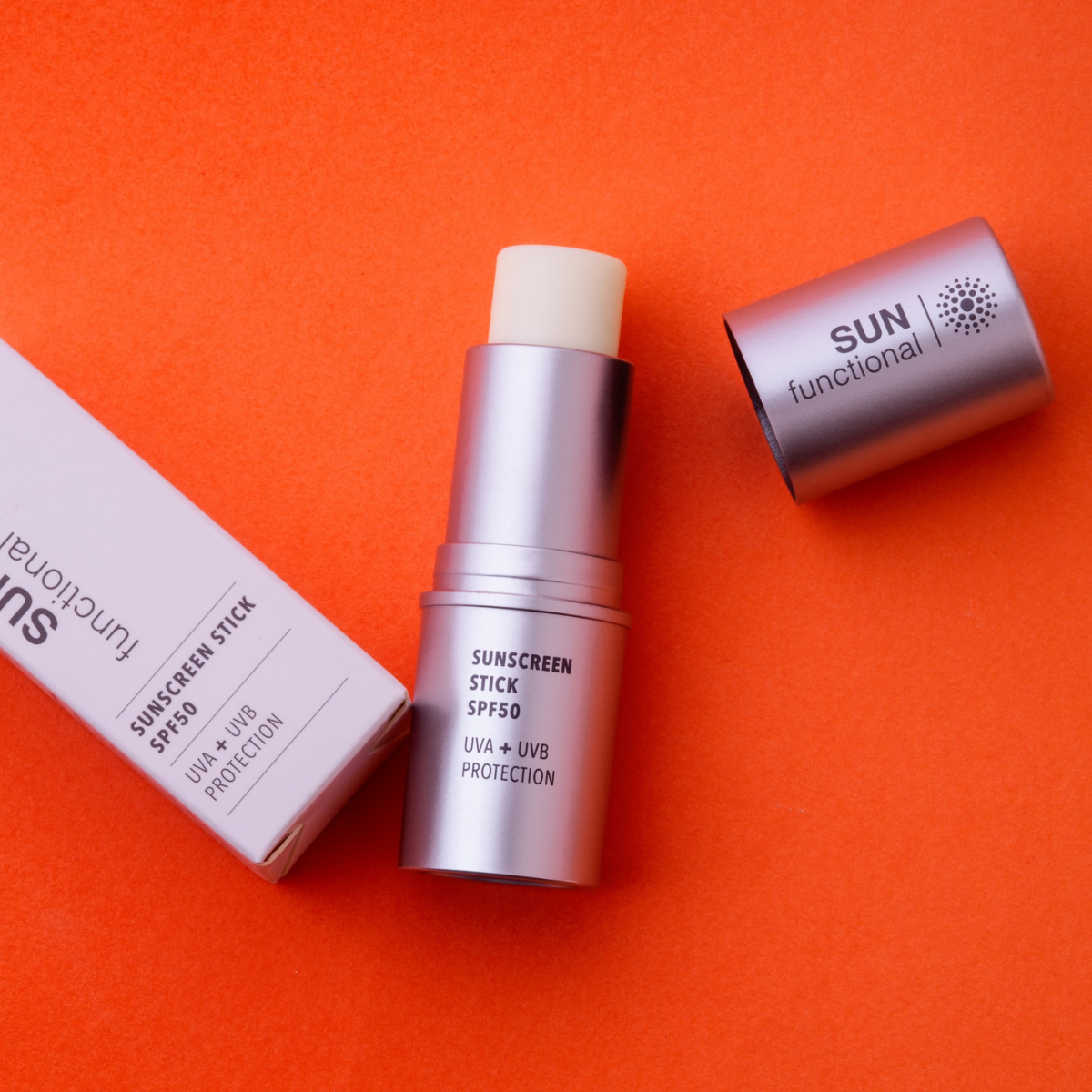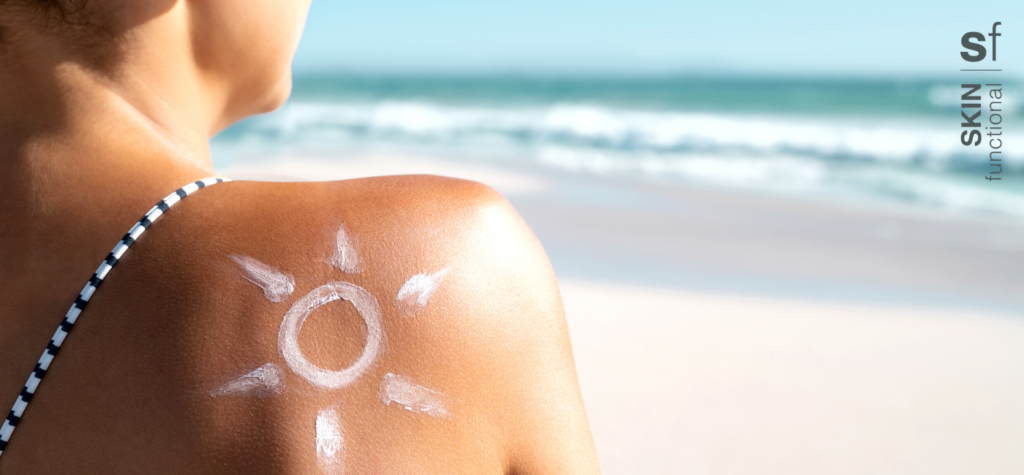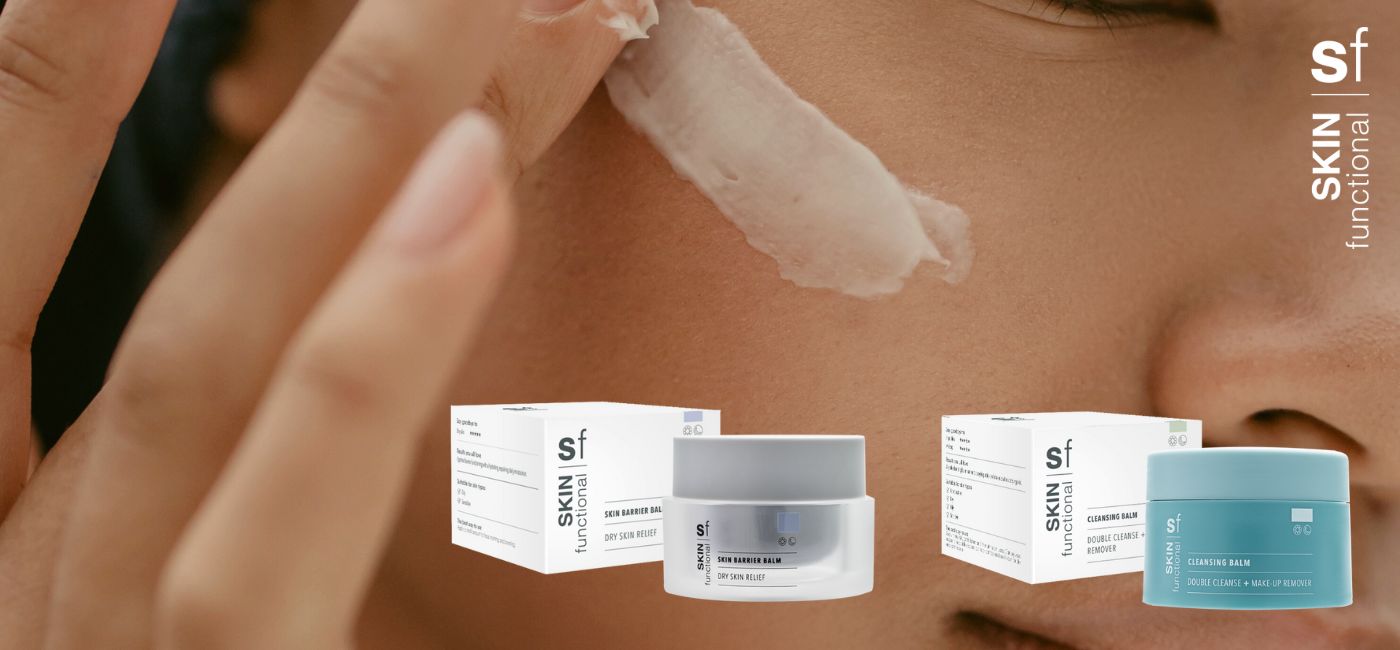
FREE SHIPPING FOR ORDERS OVER R500 WITHIN SOUTH AFRICA
Free shipping for orders over R500
FREE SHIPPING FOR ORDERS OVER R500 WITHIN SOUTH AFRICA
Free shipping for orders over R500

[fusion_builder_container type=”flex” hundred_percent=”no” equal_height_columns=”no” menu_anchor=”” hide_on_mobile=”small-visibility,medium-visibility,large-visibility” class=”” id=”” background_color=”” background_image=”” background_position=”center center” background_repeat=”no-repeat” fade=”no” background_parallax=”none” parallax_speed=”0.3″ video_mp4=”” video_webm=”” video_ogv=”” video_url=”” video_aspect_ratio=”16:9″ video_loop=”yes” video_mute=”yes” overlay_color=”” video_preview_image=”” border_color=”” border_style=”solid” padding_top=”” padding_bottom=”” padding_left=”” padding_right=””][fusion_builder_row][fusion_builder_column type=”1_1″ layout=”1_1″ background_position=”left top” background_color=”” border_color=”” border_style=”solid” border_position=”all” spacing=”yes” background_image=”” background_repeat=”no-repeat” padding_top=”” padding_right=”” padding_bottom=”” padding_left=”” margin_top=”0px” margin_bottom=”0px” class=”” id=”” animation_type=”” animation_speed=”0.3″ animation_direction=”left” hide_on_mobile=”small-visibility,medium-visibility,large-visibility” center_content=”no” last=”true” min_height=”” hover_type=”none” link=”” border_sizes_top=”” border_sizes_bottom=”” border_sizes_left=”” border_sizes_right=”” first=”true”][fusion_text columns=”” column_min_width=”” column_spacing=”” rule_style=”” rule_size=”” rule_color=”” hue=”” saturation=”” lightness=”” alpha=”” content_alignment_medium=”” content_alignment_small=”” content_alignment=”” hide_on_mobile=”small-visibility,medium-visibility,large-visibility” sticky_display=”normal,sticky” class=”” id=”” margin_top=”” margin_right=”” margin_bottom=”” margin_left=”” fusion_font_family_text_font=”” fusion_font_variant_text_font=”” font_size=”” line_height=”” letter_spacing=”” text_transform=”” text_color=”” animation_type=”” animation_direction=”left” animation_color=”” animation_speed=”0.3″ animation_delay=”0″ animation_offset=””]Don’t get burnt by false information! Even the most skin-savvy among us often buy into common myths that can leave us exposed to sun damage, premature ageing and possibly an increased risk of skin cancer. To help clear up the misconceptions, here are six sunscreen myths to stop believing.
Myth 1: Sunscreen causes cancer
Facts: To date, there is no scientific proof or medical evidence that sunscreen causes cancer, but there is a lot of medical evidence that UV rays from the sun and tanning beds do. Some people worry that certain chemicals in sunscreen (such as oxybenzone) are absorbed by the skin and can cause cancer. While we always say it’s a good idea to research claims and pay attention to the science behind the ingredients in products you use, keep in mind that the cancer risk from not wearing sunscreen far exceeds any potential health risk from sunscreen ingredients.
Myth 2: The higher the SPF, the longer you can go before reapplying
Facts: Sun Protection Factor (SPF) refers to a ratio of how the burn time (the time it takes to burn). Burn times can vary however, depending on how much melanin your skin produces. So, whether you’re wearing SPF 10 or SPF 100, you need to reapply it (link to blog post: Sunscreen quantity application) at least every two hours when outdoors, and immediately after swimming or sweating.
Myth 3: Sunscreen prevents the body from converting inactive vitamin D to active vitamin D3
Facts: When your skin is exposed to sunlight, it manufactures vitamin D, which is crucial for keeping your bones, teeth and muscles healthy. Sunscreen, however, blocks UV rays, which is why it’s a common belief that your body won’t be able to absorb any “sunshine vitamin” while wearing sunscreen. However the facts are that sunscreen reduces the conversion from Vitamin D to D3. D3 is the active form of Vitamin D.
Myth 4: I don’t need to wear sunscreen if I plan to be indoors
Facts: There’s no escaping those sun’s rays, even while you’re sitting indoors! Window glass blocks UVB rays but not UVA rays. In fact, studies have shown that constant exposure to UVA rays through windows may even accelerate premature ageing by five to seven years, and increase skin cancer risk.
Myth 5: Dark skin doesn’t need sunscreen
Facts: Some people believe that those with more melanin in their skin do not need to use sunscreen, because melanin acts to diffuse UVB rays. While dark-toned skin will not burn as easily as light-toned skin, UV rays does still cause premature skin ageing and wrinkles however it does take longer to burn and longer for the premature ageing to be visible in darker skin tones. People with darker skin can still develop spontaneous melanomas.
Myth 6: All sunscreens cause breakouts
Facts: Some face sunscreens certainly do, but not all. Finding the right SPF product that isn’t too thick and oily, that doesn’t leave a white cast, can be difficult, but it’s not impossible. For example, SKIN functional’s SPF50 is a broad spectrum sunscreen that is oil-free, non-irritating, fragrance-free. It goes on sheer, absorbs quickly and has a delightfully velvety finish that feels similar to a moisturiser. It’s suitable for all skin types – including sensitive, dry, combination and oily skin. Best of all, there is absolutely no white or grey cast no matter what your skin tone is.[/fusion_text][/fusion_builder_column][/fusion_builder_row][/fusion_builder_container]


We will give you the right amount of love!
From expert advice, specials and new products, be the first to know.
No spamming, we promise!